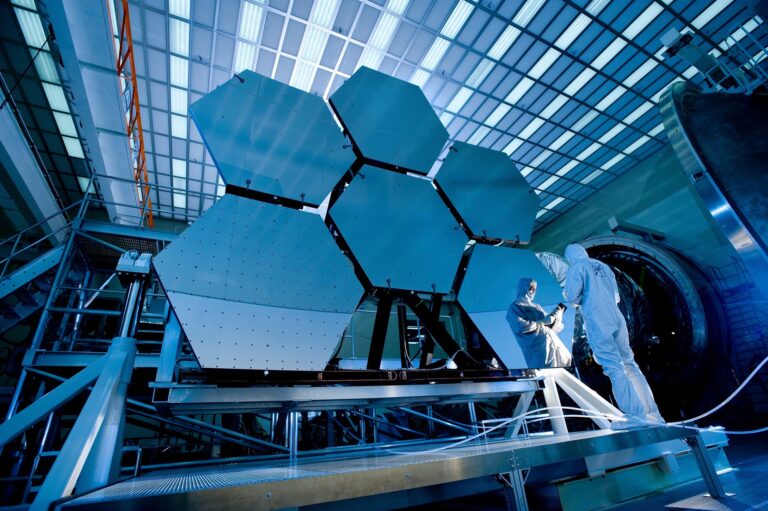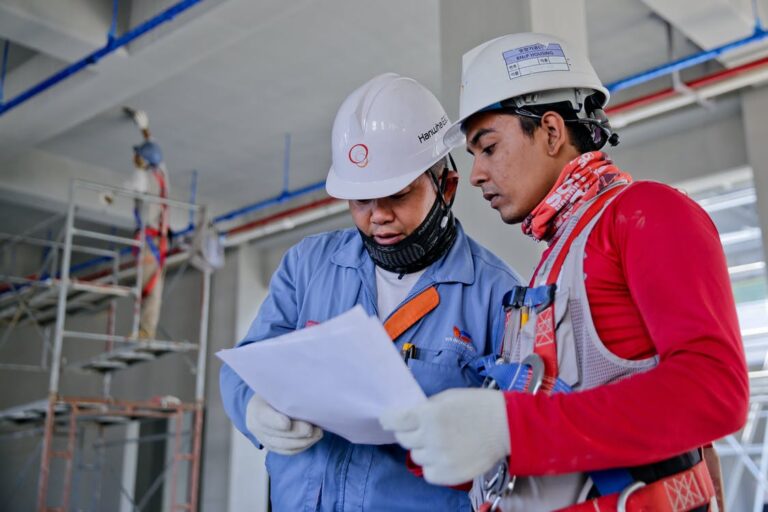Polyimide Hollow Fiber
Polyimide hollow fiber is widely used in gas separation and alcohol dehydration due to its high specific surface area and loading density. In this paper, the preparation and application of polyimide hollow fiber are reviewed based on a large number of literature. The methods of preparing polyimide hollow fiber from polyimide solution of polyamide acid solution as spinning solution were introduced, and the methods of improving the properties of polyimide hollow fiber membrane by modification were introduced. The progress of polyimide hollow fiber in the laboratory and industrial application is introduced.
Polyimide (PI) is a class of polymers containing an imide ring in the main chain, which has excellent thermal resistance, good mechanical strength and chemical stability, and high solvent resistance. It has been used in high technology fields such as aerospace and microelectronics. There are two general routes for the preparation of polyimide: one is the low-temperature condensation of dianhydride monomer with diamine monomer to obtain polyimide Acid (PAA) solution, followed by imitation reaction to produce polyimide, called the two-step method. The other method is to melt the monomers for synthesis by heating them or dissolving them in organic solvents with a high boiling point to generate polyimide by direct reaction, which is called the one-step method.
Polyimide fiber is a new type of special fiber with many excellent properties such as high strength, high modulus, high and low-temperature resistance, flame resistance, radiation resistance, chemical resistance, etc. PI fiber can be prepared from polyamide acid solution or polyimide solution as a spinning solution. A hollow fiber membrane is an extremely fine hollow membrane tube with a high specific surface area and loading density, which can greatly improve the efficiency of membrane separation. Gas separation membranes made of polyimide hollow fibers are promising because of their high gas H2, CO2, and O2 with high gas permeability and selectivity, and have promising applications. More than 90% of membrane gas separation applications are in the separation of non-condensable gases, such as CO2 from methane, nitrogen from the air, hydrogen from nitrogen, argon from methane, etc. Polyimide Hollow Fiber The polyimide hollow fiber membranes are also used to remove water from alcohols and hydrocarbon feed gases and as nanofiltration membranes.
Polyimide acid fibers are produced by spinning synthetic polyimide acids as precursors, followed by imidization and thermal drafting to obtain polyimide fibers. The advantage of this method is that its solubility does not have to be considered, the choice of monomers is varied, and a more suitable structure can be selected for the preparation of the spinning solution. However, the imitation process is relatively complex and the water molecules generated during the reaction may cause defects in the fibers.
With the use of polyimide hollow fiber membranes, certain approaches need to be taken to solve the problems that arise. Modification of the polymer is one of the main methods to improve the performance of polyimide hollow fibers. Common modification methods include physical methods such as blending, compounding, coating, annealing, and chemical methods such as cross-linking, pyrolysis, and polyelectrolyte modification. Modification by ionizing radiation has also been reported.
The core of polyimide hollow fiber applications in separation membrane technology is the membrane module. Hollow fiber membranes are extremely thin hollow tubes that are self-supporting; due to the fine diameter of the fiber bundles, they have a higher packing density than any other component and are a better class of membrane modules. A hollow fiber membrane module is shown in Figure 1. A large number of hollow fiber membranes (e.g., from a hundred to hundreds of thousands) are bundled into a hollow fiber bundle with the open ends of the bundle cast in epoxy resin to form a tube plate. One or more of these hollow fiber separation membrane elements are then inserted into a vessel having at least one mixed gas inlet, one permeable gas outlet, and one non-permeable gas outlet. In a hollow fiber gas separation membrane assembly, when the gas mixture comes into contact with the hollow fiber membrane, specific components of the gas mixture (permeable gas) selectively permeate through this membrane and pass through the permeable gas outlet The gas separation is achieved by recovering the permeable gas through the permeable gas outlet and the non-permeable gas through the non-permeable gas outlet.
The reported industrial applications of polyacrylamide hollow fibers are: biogas purification, dehumidification of compressed air, fertilizer recovery of hydrogen in production, and purification of shale gas for natural gas production.
(1) The New Energy Research Institute of China University of Petroleum (Beijing) cooperated with the German International Cooperation Agency (GIZ) and Evonik (Germany) to conduct a pilot test for membrane separation and purification of biogas, in which Evonik was responsible for providing the test equipment and China University of Petroleum (Beijing) New Energy Research Institute cooperated with GIZ and Evonik.
Evonik was responsible for providing the test equipment and the New Energy Research Institute of China University of Petroleum (Beijing) was responsible for the data monitoring and test part. The membrane modules used in the test were polyimide hollow fiber modules. Four membrane modules were combined in series, parallel, or both. The performance test results of primary membranes, secondary membranes, and tertiary processes are given.
(2) Changchun Institute of Applied Chemistry, Chinese Academy of Sciences reported a pilot test of polyimide hollow fiber membrane modules for compressed air dehumidification, using polyimide spinning hollow fiber to produce membrane modules for compressed air dehumidification, and the technical specifications achieved are inlet gas temperature of 20°C, the operating pressure of 0.8 MPa, the processing capacity of 60 nm3/h (1 nm3/min) for a single membrane module, purge gas ratio less than 20%, and atmospheric pressure dew point of product gas. The dew point of the atmospheric pressure of product gas reaches below -20℃. It can replace the freeze dryer and be used in the pneumatic industry, air source of spray painting and coating, and humidity control of the small environment, etc.
(3) Anhui Samsung Chemical Group Fuyang Chemical Fertilizer Plant reported the application of the second-generation high-efficiency membrane separation hydrogen extraction plant, using
The hydrogen recovery rate was 92%, the tail gas hydrogen content was <5%, and the synthesis venting volume was significantly reduced.
(4) China University of Petroleum (Beijing) is cooperating with a Sinopec engineering company to develop hollow fiber membrane technology to purify shale gas and natural gas production from remote gas wells with high CO2 content, and to conduct field tests.
The commercialization of polyimide hollow fibers produced by UBE, Japan, has been widely reported in the literature. UBE has developed a biphenyl-type polyimide hollow fiber gas membrane separator under the trade name Ube Gas Separator, which has been successfully used for hydrogen recovery, gas dehumidification and organic vapor dehydration, CO concentration, CO/H2 ratio adjustment, He gas refinement, and CO2 separation in various industrial tail gases. Polyimide membrane equipment for the production of nitrogen is used to separate nitrogen using polyimide hollow fiber membranes to obtain nitrogen with a purity of 95% to 99%. Examples of commercial uses are ozone generators, air bearings, medical devices, precision machinery and tools, any other pneumatic machinery, etc.




